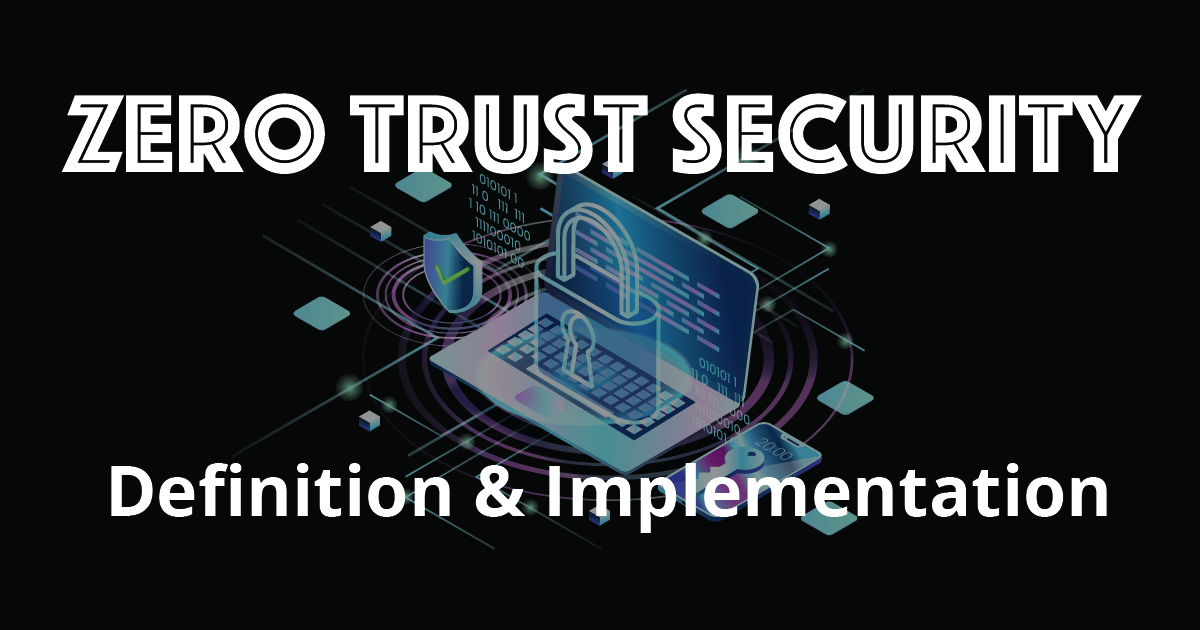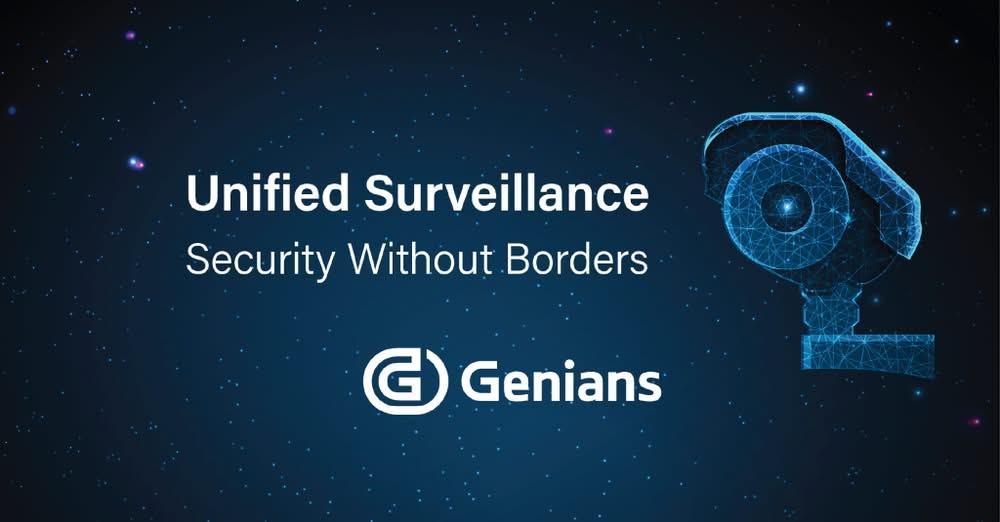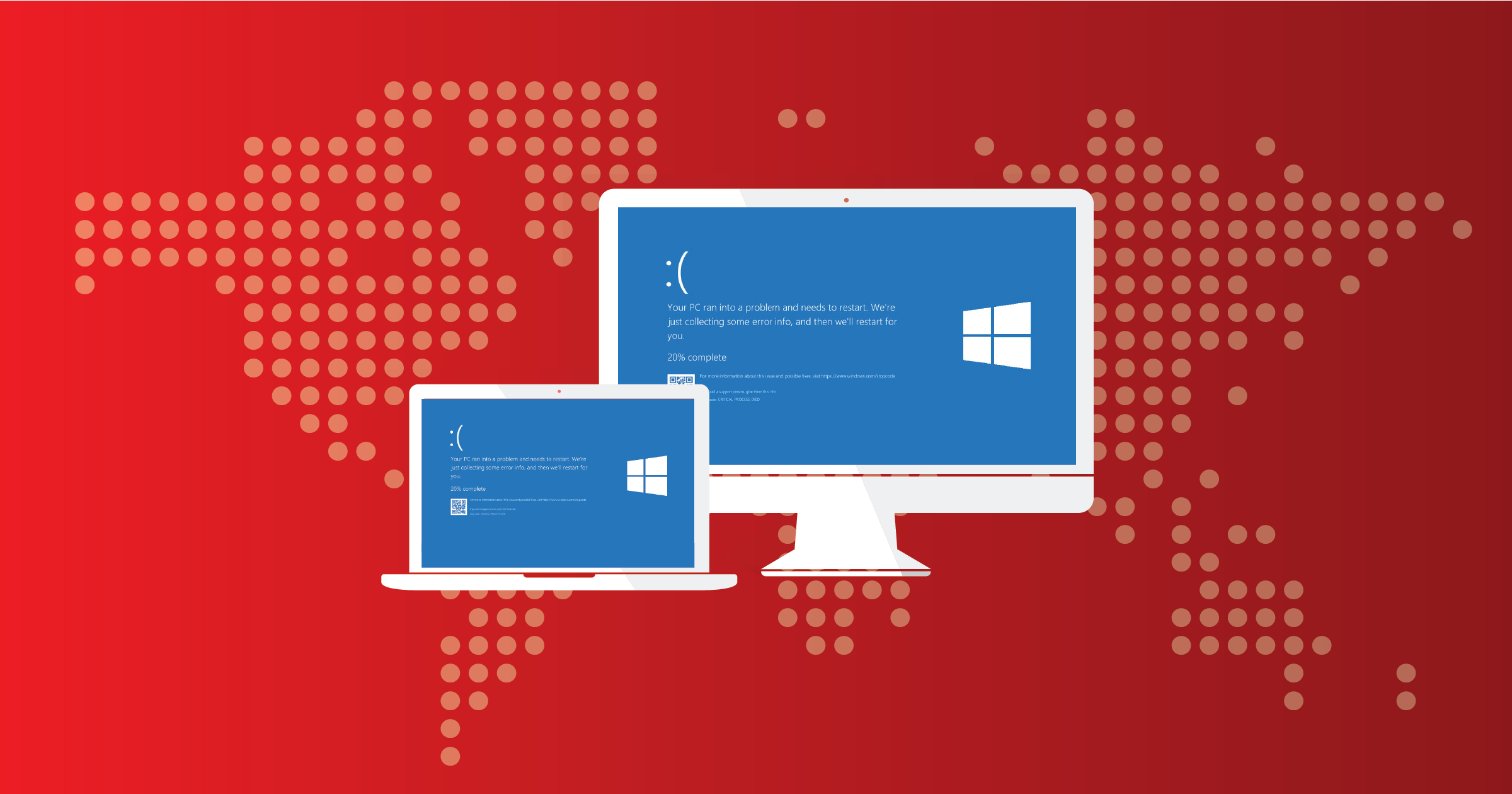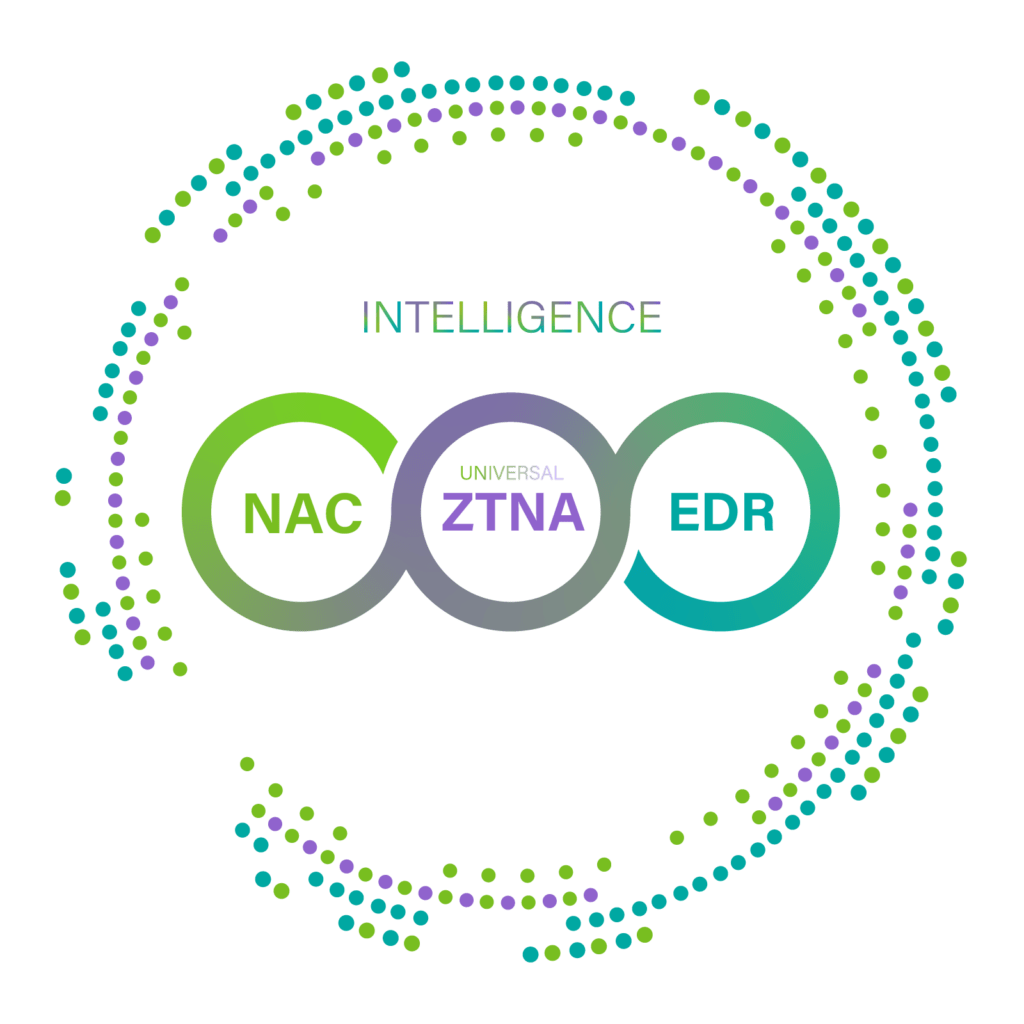The risk of cyber-attacks has increased with the advancement in technology. Digital transformation has significant implications for an organization’s attack surface and security and network architecture. Systems, individuals, and organizations require secure methods to connect with the online world while keeping malicious actors at bay. Zero Trust is a security model to guide security experts and professionals to integrate disparate but related cybersecurity measures for a secure environment.
In this article, we will learn a lot about the Zero Trust security model. Let’s first understand what Zero Trust is.
What is Zero Trust?
Zero Trust is a strategic initiative that helps prevent data breaches by eliminating the concept of trust from the company’s network infrastructure. The principle of Zero Trust, “never trust, always verify,” is designed to protect advanced digital environments. It’s a security framework that requires all users to be authorized, authentic, and continuously validated for security configurations before being granted access to data and applications.
It is a security model based on the concept of maintaining strict network access control and not trusting anyone, even those already inside the network perimeter. The key principle of the Zero Trust model is least-privileged access assuming that no application or user should be inherently trusted. Trust is established based on the user identity and context, such as the security posture of the endpoint device, the user’s location, and the app or services being requested.
How does Zero Trust work?
Execution of the Zero Trust framework combines the latest technologies, such as identity protection, network access control, multi-factor authentication, next-generation endpoint security, and the maintenance of system security. It also requires consideration of securing email, data encryption, and verifying the security of assets and endpoints before connecting to the application. Zero Trust is a significant departure from conventional network security models following the “trust but verifies” method. This approach trusted endpoints and users within the organization’s perimeters and put them at risk from malicious internal actors.
The zero Trust security model, therefore, requires companies to continuously monitor and validate that users have the right attributes and privileges. It also requires enforcement of the policy incorporating along with compliance or other requirements to consider before allowing the transaction. One-time validation is not sufficient because user attributes and threats are all subject to change. That’s why Zero Trust policies rely on real-time visibility into identity attributes, such as
User Identity and credential type
Privilege and number of each credential on each device
- Endpoint hardware type and function
- Firmware versions
- Geolocation
- Authentication protocol and risk
- Application installed on endpoints
- Operating system versions and patch levels
- Security or incident detection
Organizations should assess their IT infrastructure and potential attack path to minimize the risk of a data breach.
Why is there a need to implement the Zero Trust model?
With remote work becoming increasingly on the go, accessing data and applications from different devices outside of the network perimeter results in a high risk of data exposure and attacks. Protection is required where data, applications, devices, and users are located. Here are a few reasons that enforce any organization to implement a trust model.
- Devices, users, applications, and data are moving outside the network perimeter and control zone.
- “Trust but verify” is no longer an option as advanced threats are moving inside the corporate perimeter.
- Modern business processes by digital transformation increase the risks of cyber attacks.
- Traditional perimeters are complex, no longer compatible with today’s business models, and increase risks.
To be competitive, organizations need a zero trust network architecture to protect their data regardless of the location and ensure that applications work seamlessly and quickly.
Stages for implementing Zero Trust
Each organization’s needs are different. But in general, the following steps help to implement a mature Zero Trust model.
- Visualize: understand all resources, access points, and the associated risks.
- Mitigate: detect, and halt threats or reduce the impact of attacks or breaches in case they can not be stopped immediately.
- Optimize: extend security to each aspect of the IT infrastructure and resources, regardless of location.
What are the core principles of the Zero Trust Model?
Here are the core principles of the Zero Trust security model.
- Continuous monitoring and validation: The concept behind the Zero Trust model assumes that there are hackers both outside and within the network. Therefore, no machines or users should automatically be trusted. Zero Trust verifies privileges and user identity as well as device security and identity.
- Least privilege: Another core principle of the Zero Trust security model is least privilege access, which means giving users only required access. It minimizes each user’s liability to sensitive parts of the network. Implementing least privilege helps to manage user permissions. Virtual Private Network (VPN) is not well-suited for this approach to authorization. Because logging into a VPN gives a user access to the entire connected network.
- Device & network access control: Apart from user access control, the Zero Trust model also requires strict device and network access control. This system needs to monitor how many devices try to access their network and ensure that each device is authorized. Moreover, it assesses all devices to make sure they have not been compromised. It further reduces the attack surface of the network.
- Microsegmentation: Zero Trust security model supports micro-segmentation. It’s a fundamental principle of cybersecurity that enables organizations to wall off the network resources so potential cyber threats can be easily controlled and not spread throughout the organization. They can implement granular policies enforced by role-based access control to protect sensitive data and systems.
- Multi-factor authentication (MFA): MFA is also a core principle of the Zero Trust security model. Multi-factor authentication means requiring more than one piece of authentication; just entering a password is not enough to access a device or system. The most common application of MFA is the two-factor authentication (2FA) used on social media platforms, such as Google and Facebook.
Final Words
Implementing a Zero Trust security model is a complex and continuous process. However, organizations do not need to apply all of the Zero Trust principles simultaneously. They can start implementing this trust model with small steps, such as defining and classifying all of the organization’s resources, implementing a proper user verification process, and granting access to privileged users only. Designing and implementing a zero trust model required security experts to focus on business concepts. Regardless of the starting point, the Zero Trust security model returns immediate gains through risk mitigation and security control.






